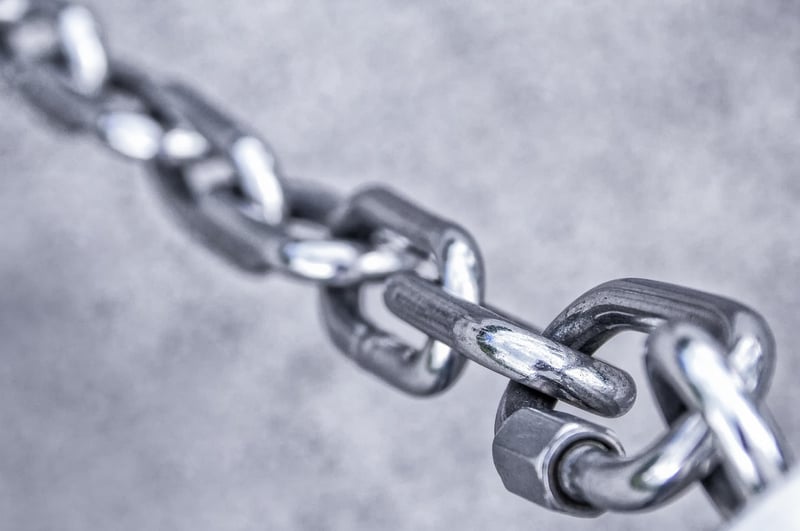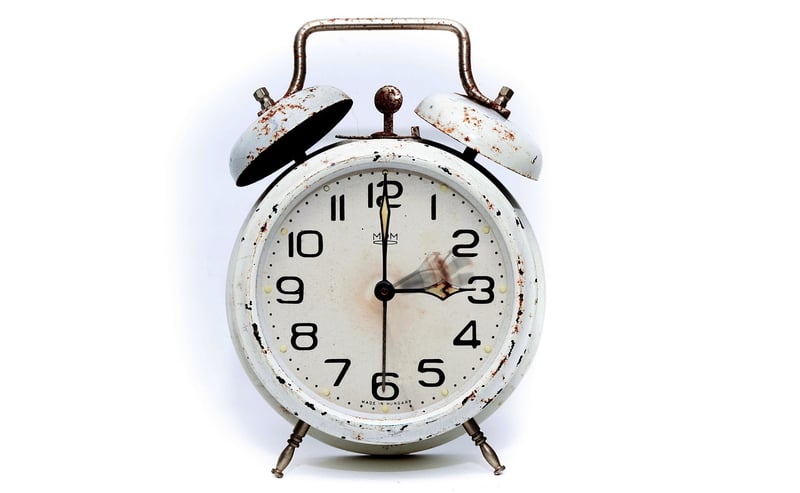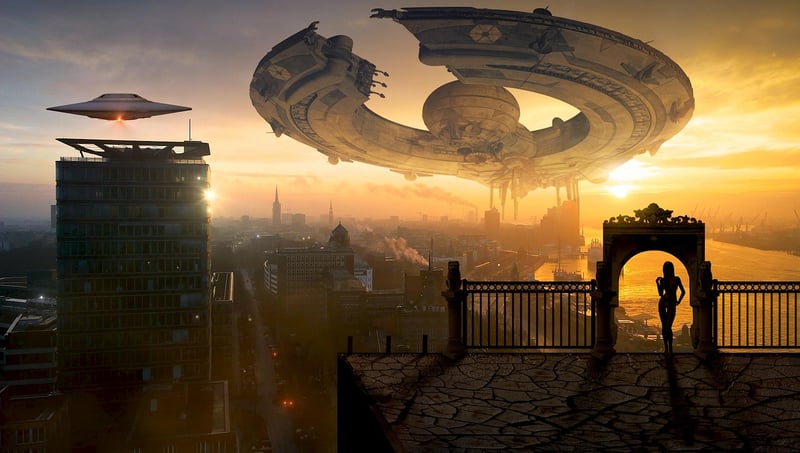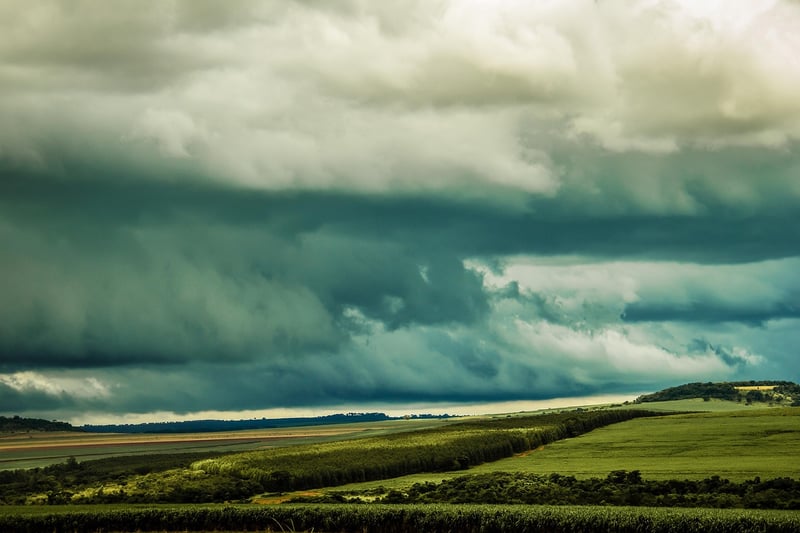Temporal Loops
Navigating Causality and Temporal Loops
Understanding causality and temporal loops can be mind-bending concepts that often feature prominently in science fiction and theoretical physics. Exploring these ideas can lead us to question the nature of time, causation, and the possibilities of alternate timelines.
Causality: The Foundation of Cause and Effect
Causality is the relationship between cause and effect. It suggests that every event is the result of a preceding cause, creating a chain of events that link past, present, and future. This fundamental concept underpins our understanding of the world and how actions lead to consequences.
Key Aspects of Causality:
- Cause Precedes Effect
- Unidirectional Flow of Time
- Determinism vs. Free Will

Temporal Loops: A Twist in Time
Temporal loops, also known as time loops or causal loops, are events in which a sequence of actions or events loops back on itself, creating a closed causal chain. This phenomenon challenges our understanding of linear time and raises questions about the possibility of changing the past.
Characteristics of Temporal Loops:
- Repetition of Events
- Closed Causal Chain
- Paradoxes and Conundrums

Navigating the Paradoxes
When dealing with causality and temporal loops, paradoxes often emerge, challenging our logical reasoning. Some well-known paradoxes include the grandfather paradox, bootstrap paradox, and the butterfly effect. These paradoxes highlight the complexities and uncertainties inherent in time travel and altering the past.
Approaches to Resolving Paradoxes:
- Multiple Timelines Theory
- Self-Consistency Principle
- Parallel Universes Hypothesis

Exploring the intricate nature of causality and temporal loops can open up a world of philosophical and scientific inquiries, challenging our perceptions of time and reality. Whether in fiction or theoretical discussions, these concepts continue to captivate and intrigue curious minds.
